Traditional Professional Villages in Halong: Cultural Gems for Your Day Trip
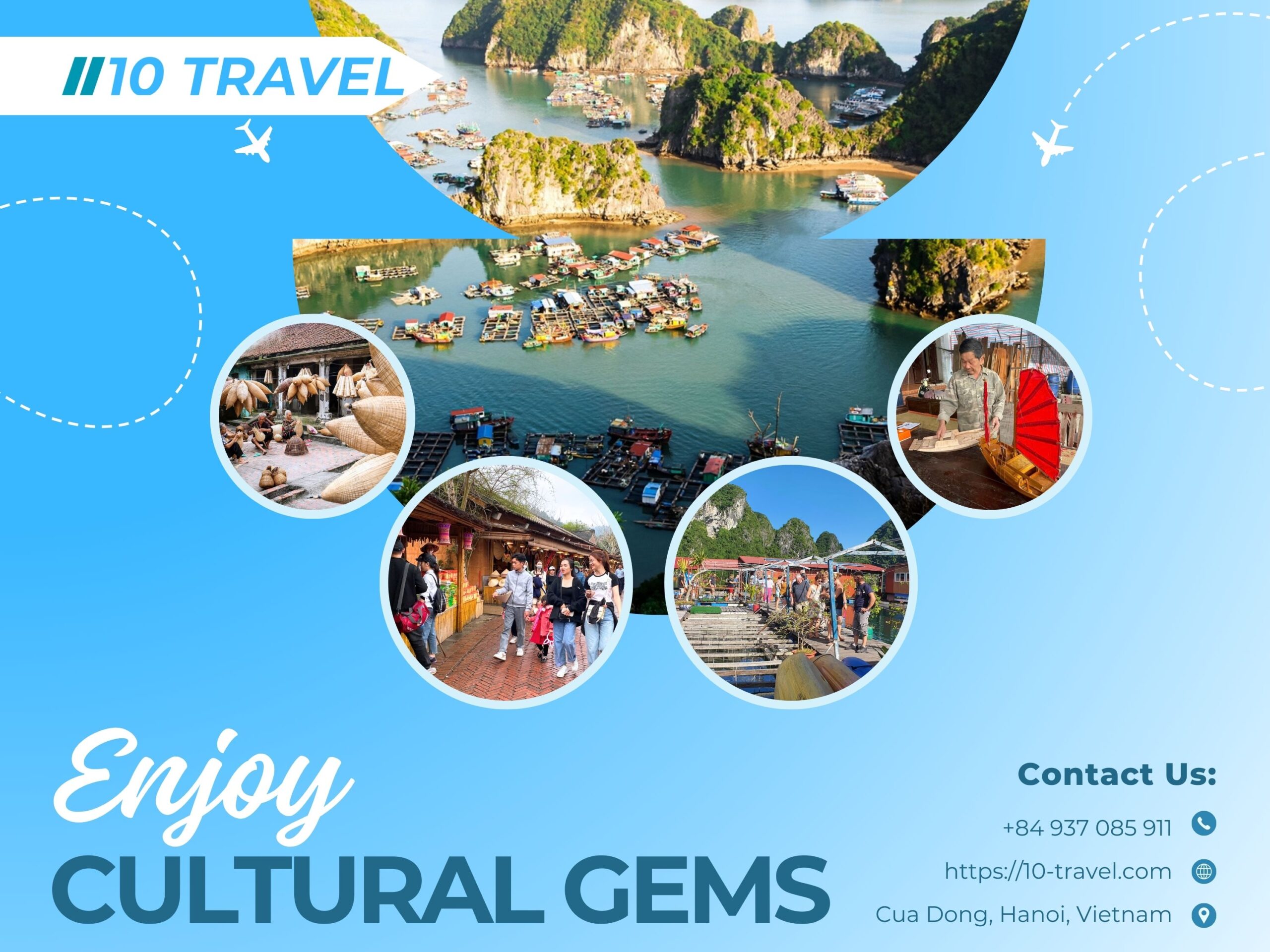
When most travelers picture a Halong day trip, they imagine cruising through emerald waters, limestone cliffs rising like dragon’s teeth and perhaps a stop for kayaking or cave exploration. But beyond the iconic seascapes lies another side of Halong — one rooted in heritage, craftsmanship and centuries-old ways of life.
Scattered throughout Halong Bay and Quang Ninh Province are traditional professional villages, often called “craft villages.” These communities specialize in fishing, pearl farming, wooden boat building and handmade crafts that have been passed down for generations. Visiting them allows you to look past the postcard views and connect with the people who call Halong home.
So, should you add these cultural gems to your Halong day trip itinerary? Let’s explore the most fascinating villages, what they offer and how they enrich your travel experience.
Go Asia Travel: Eco-Friendly Operators for Responsible Adventures
Why Visit Traditional Villages on a Halong Day Trip?
Cultural Immersion Beyond Cruising
A cruise through Halong Bay is undeniably beautiful, but it can sometimes feel like a surface-level experience. By stepping into a fishing village or craft community, you experience Halong not as a tourist but as a guest. You see how families live, work and sustain traditions in harmony with the bay.
Meeting Artisans and Fishing Families
Whether it’s a pearl farmer carefully seeding oysters or a craftsman weaving bamboo into fishing baskets, each village introduces you to people who embody Halong’s cultural heritage. These encounters are often the highlight of a trip, creating stories you’ll carry long after your visit.
Balancing Sightseeing and Heritage
Adding a village visit doesn’t mean missing out on classic Halong experiences. Most Halong day trip tours seamlessly combine cruising, kayaking, caving and a cultural stop, making your itinerary richer without rushing.
Famous Traditional Villages in Halong & Quang Ninh
Cua Van Floating Fishing Village – Life on the Water
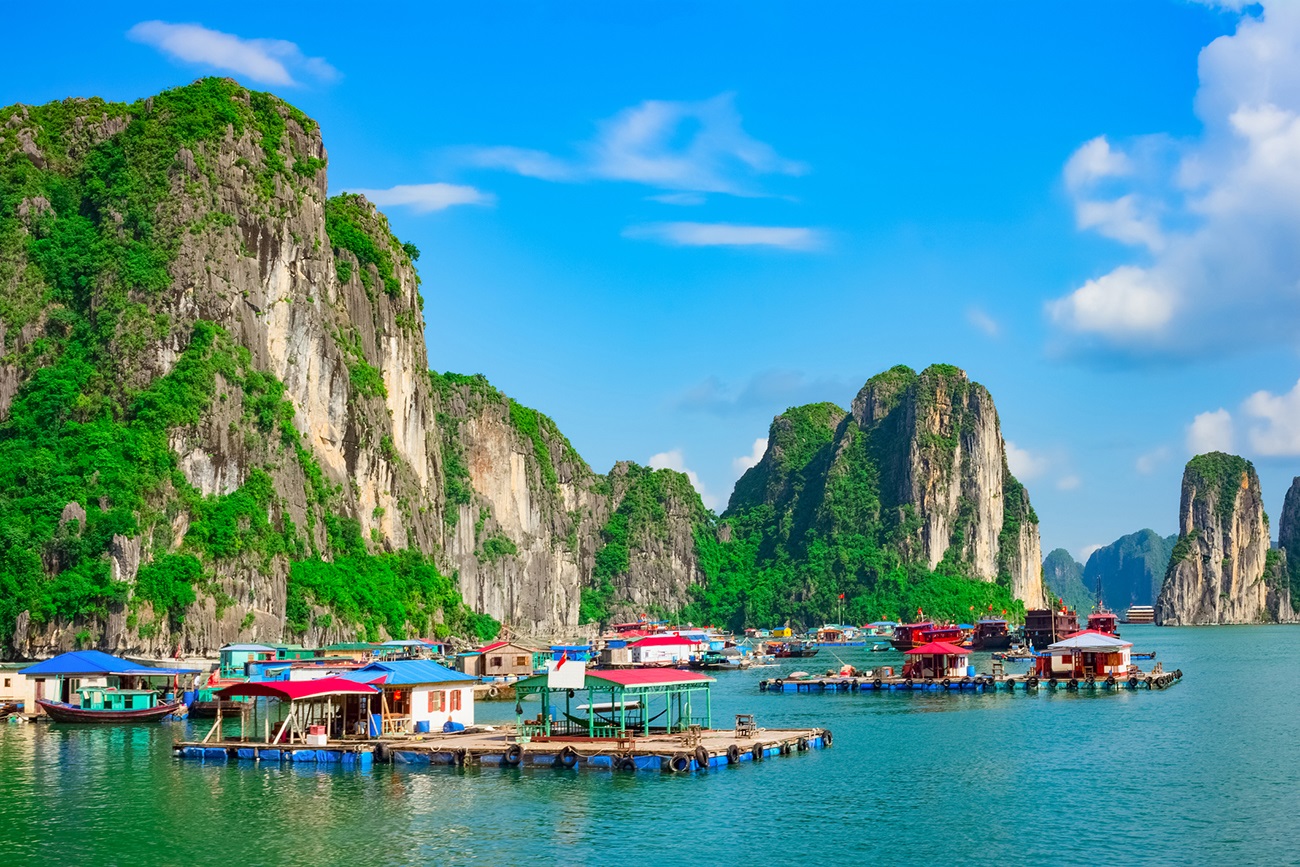
Often called the “Venice of Halong Bay,” Cua Van is one of the largest and best-known floating fishing villages. Colorful houseboats cluster together, connected by narrow waterways where children paddle to school and fishermen mend nets.
Visiting Cua Van offers a glimpse into a way of life that has thrived for centuries despite modern changes. Many cruises include this stop, sometimes paired with kayaking through nearby lagoons. For travelers seeking authentic Halong Bay cultural experiences, Cua Van is a must.
Perfect Deal: Halong Bay Day Cruise Tour with a Preferred Room at Marina Hanoi Hotel
Vung Vieng – Authentic Fishing Heritage
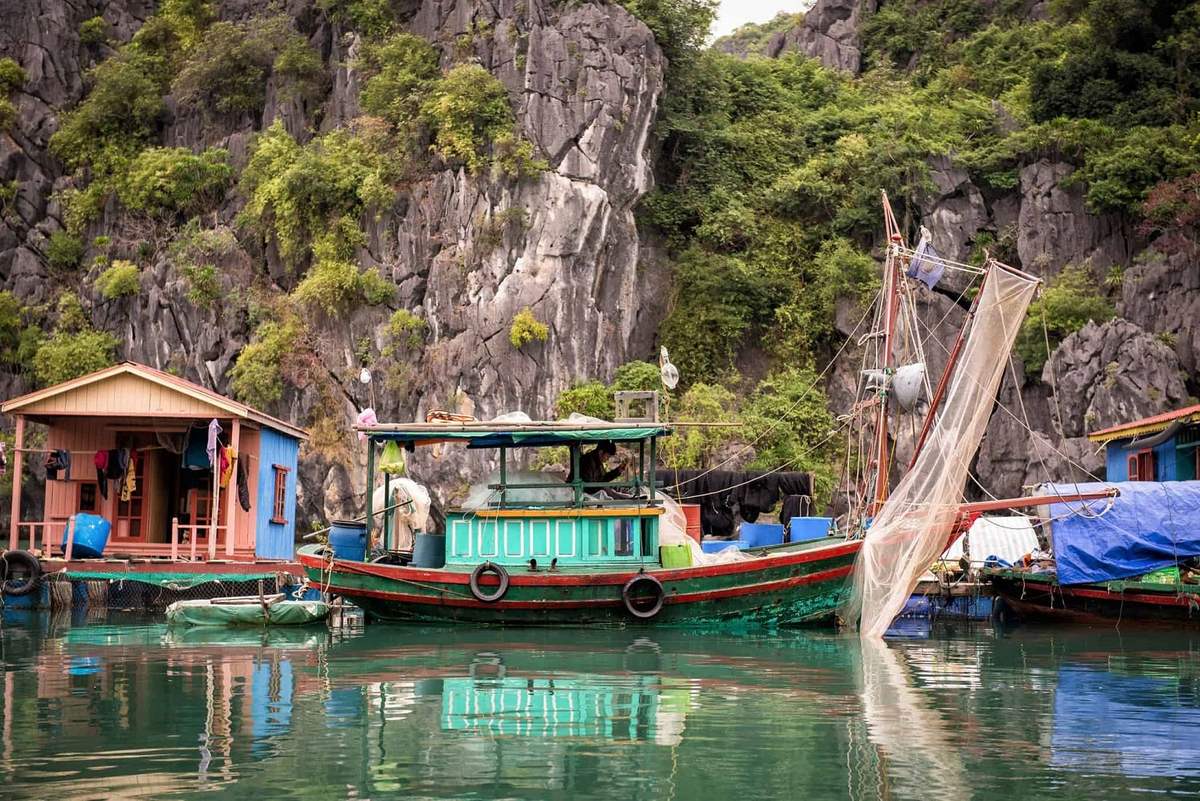
Less crowded than Cua Van, Vung Vieng Village retains a quieter charm. Nestled among limestone karsts, the village is famous for its pearl farms and small-scale fishing traditions. Visitors can board bamboo boats rowed by locals, glide through tranquil waters and learn about the sustainable fishing practices that sustain the community. If your goal is to escape the tourist trail during your Halong day trip, Vung Vieng is an excellent choice.
Cai Beo – One of Vietnam’s Oldest Floating Villages

Located near Cat Ba Island, Cai Beo Village is believed to date back thousands of years, making it one of the oldest continuously inhabited floating communities in Vietnam. Today, it blends history with daily life, fishermen still raise fish in cages beneath their homes, while children paddle boats to floating schools. Adding Cai Beo to your Halong adventure travel route gives you both a history lesson and an authentic cultural exchange.
You pay Superior double room price but you get Suite executive room.
Tung Sau Pearl Farm – From Oysters to Jewelry
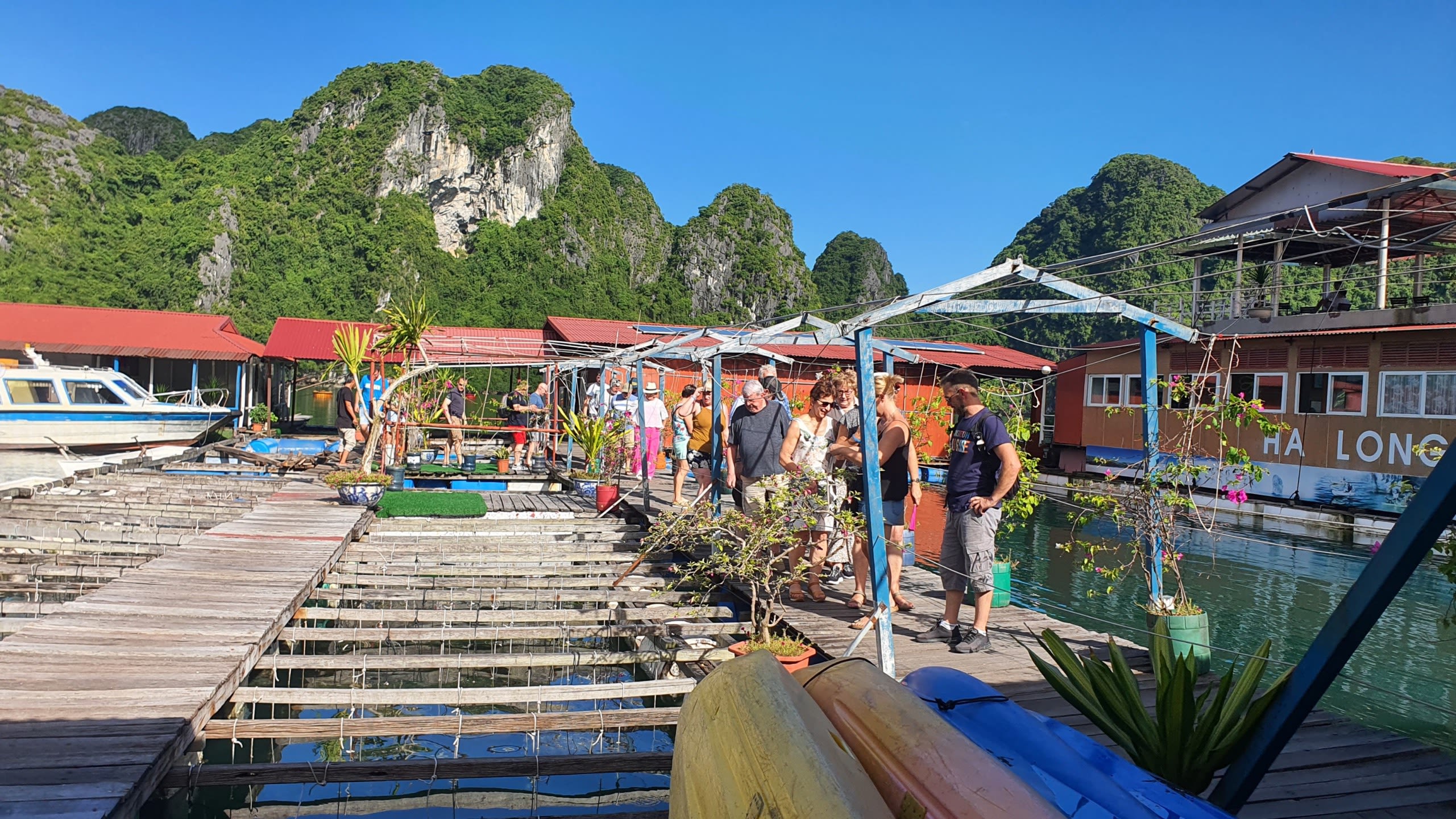
Pearl farming is one of Halong’s proudest traditions and Tung Sau Pearl Farm (sometimes called Halong Pearl Farm) allows visitors to see the process firsthand. Local farmers demonstrate how pearls are cultivated, from seeding oysters to harvesting and turning them into exquisite jewelry. This stop offers not only insight into craftsmanship but also the chance to purchase locally made souvenirs that support the community.
Hung Hoc Village – Fishing Tool Craftsmanship
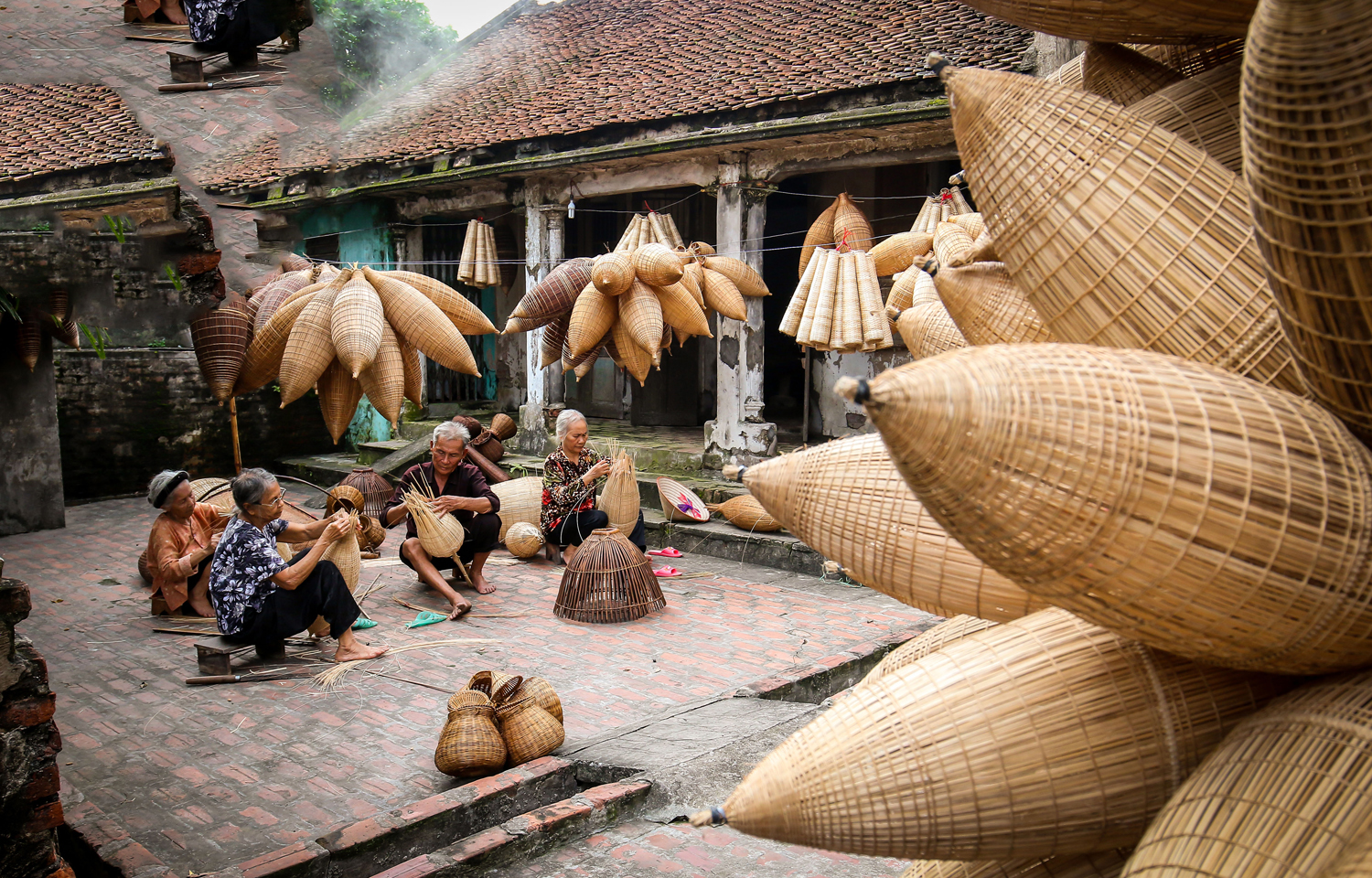
On land, in Quang Yen Town, lies Hung Hoc Village, famous for making traditional fishing tools. For more than 400 years, artisans here have woven bamboo into baskets, traps and nets that support Halong’s fishing economy. A visit here feels like stepping back in time, watching techniques passed down through generations still alive today.
Cong Muong & Nam Hoa – Wooden Boat Building Traditions
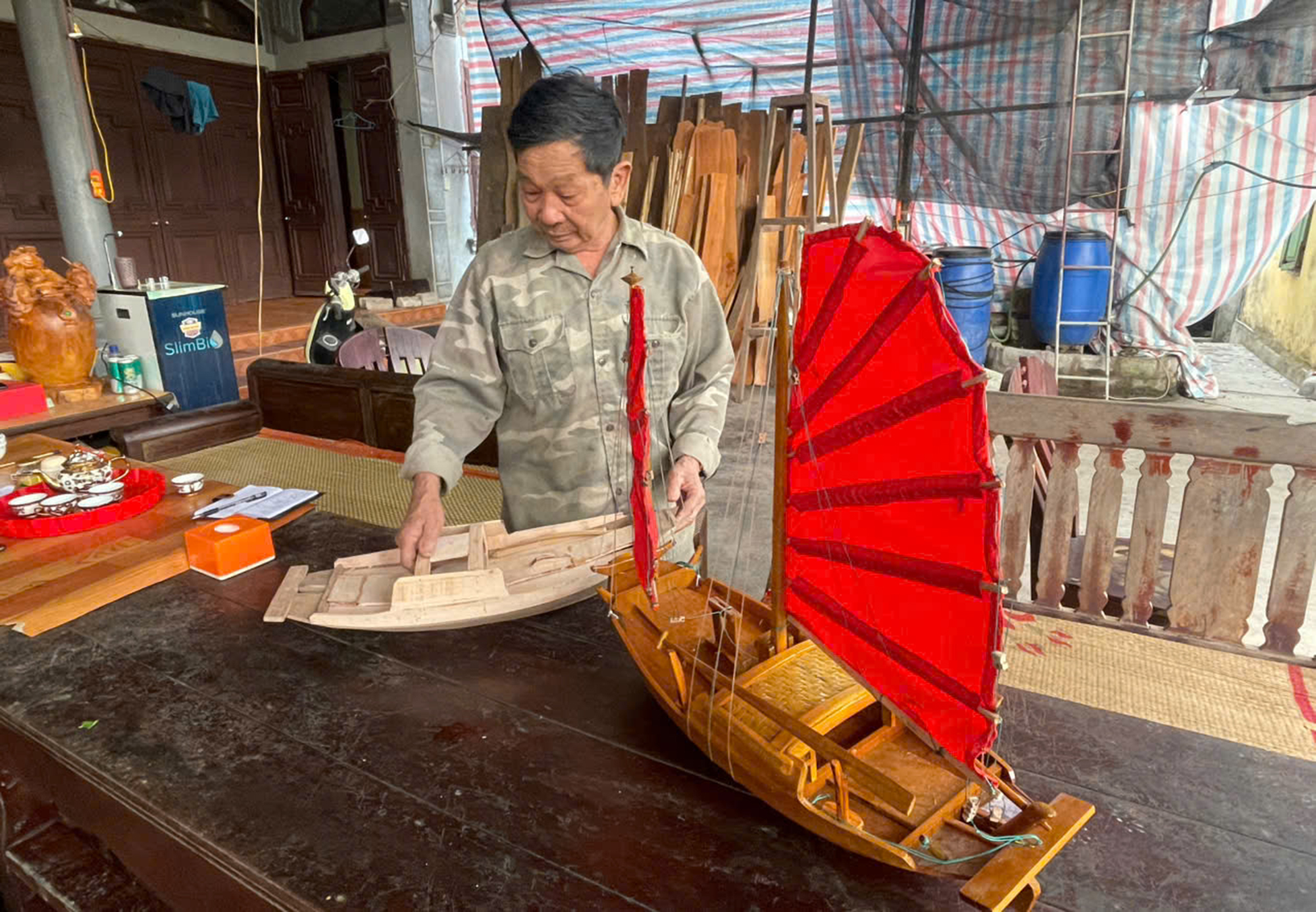
Also in Quang Yen are Cong Muong and Nam Hoa Villages, both known for wooden boat building. Craftsmen shape planks into seaworthy vessels, preserving skills that remain vital even in an era of motorized boats. Visitors can see half-finished boats, smell the fresh wood and appreciate the craftsmanship behind the vessels dotting Halong’s waters. These villages are ideal for travelers interested in maritime heritage and traditional industries.
Nuong Village (Yen Tu) – Bamboo, Hats and Handicrafts
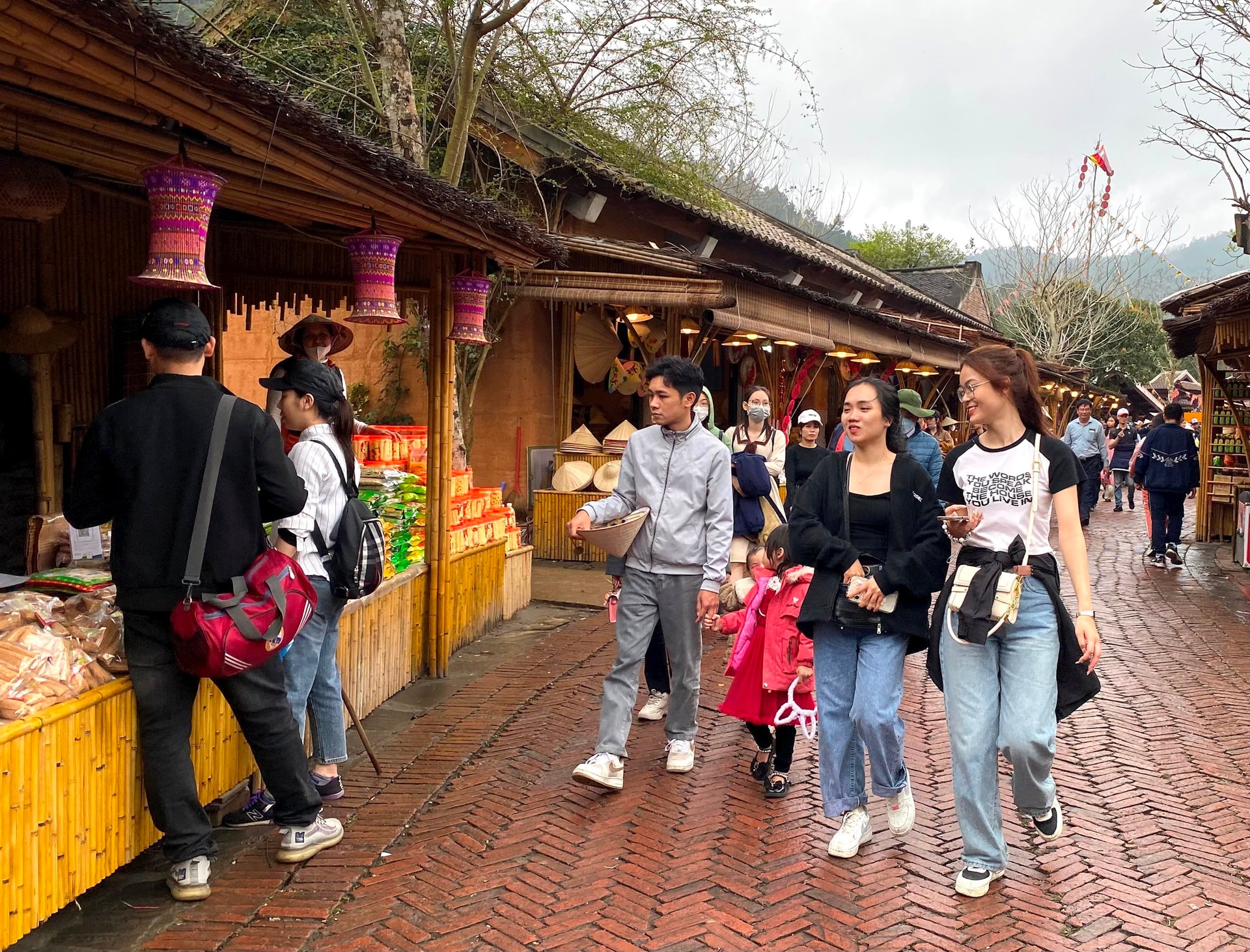
Near the famous Yen Tu Buddhist complex, Nuong Village thrives as a hub of handicrafts. Here, artisans carve wood, weave bamboo into delicate dragonflies and make Vietnam’s iconic conical hats. For those combining a Halong day trip with a visit to Yen Tu Mountain, stopping at Nuong Village adds a cultural layer to the spiritual journey.
How to Include Villages in Your Halong Day Trip Itinerary
Choosing the Right Tour with Cultural Stops
Not every cruise includes village visits, so check itineraries carefully. Look for tours mentioning Cua Van, Vung Vieng or pearl farms. Some day trips are marketed as “cultural cruises”, ensuring a balance of natural scenery and heritage experiences.
Independent Visits vs Organized Excursions
-
Independent travelers may hire local boats from Halong City or Cat Ba to reach villages directly. This offers flexibility but requires planning.
-
Organized tours simplify logistics and often include village visits as part of a larger package.
Combining Villages with Other Activities
A well-planned Halong day trip itinerary might look like this:
-
Morning: Cruise departure, cave exploration (Sung Sot or Thien Cung)
-
Midday: Kayaking or beach stop at Titop Island
-
Afternoon: Visit a floating village (Cua Van or Vung Vieng) before returning to port
Travel Tips for Visiting Traditional Villages
Best Time to Explore
Spring (March–May) and autumn (September–November) are ideal, offering mild weather and clear skies. Summer brings lush scenery but also heat and occasional rain.
Respect Local Customs and Environment
-
Ask before taking photos of residents.
-
Avoid littering, especially in floating villages where waste management is challenging.
-
Support local crafts by purchasing handmade items directly from artisans.
Sustainable Tourism
Choosing tours that highlight community-based tourism ensures your visit benefits local families. Always look for operators committed to preserving both culture and environment.
Alternatives if You Skip the Villages
If time is short or cultural stops don’t fit your style, Halong still has plenty to offer:
-
Caves: Sung Sot, Thien Cung and Dau Go caves reveal stunning stalactites.
-
Kayaking: Paddle through hidden lagoons and grottoes.
-
Hiking: Titop Island’s viewpoint offers spectacular bay panoramas.
Are Traditional Villages Worth Adding to a Halong Day Trip?
If you want your Halong day trip to go beyond sightseeing and become a cultural journey, the answer is yes. Traditional professional villages show you how people live, create and preserve heritage in harmony with one of the world’s most beautiful bays.
-
Pros: Authentic experiences, cultural immersion, unique souvenirs, memorable encounters.
-
Cons: Requires tour selection or extra planning, not included in all standard day trips.
Our verdict: For travelers seeking Halong Bay cultural experiences, adding a village visit turns a good trip into an unforgettable one.









